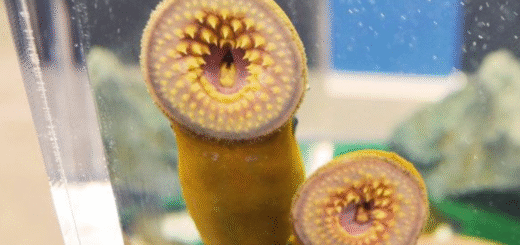Dog Grooming Basics Every Owner Should Know
Grooming is more than just keeping your dog looking neat and clean—it’s a vital part of their overall health and well-being. Regular grooming sessions can help prevent medical issues, detect early signs of illness, and strengthen the bond between you and your dog. Whether you’re a new pet parent or need a refresher, this guide covers the essential dog grooming basics every owner should know.

Why Grooming Matters
Regular grooming:
- Maintains healthy skin and coat
- Prevents painful mats and tangles
- Reduces shedding and allergens in the home
- Keeps ears, eyes, teeth, and nails in check
- Provides an opportunity to detect lumps, bumps, or parasites early
Even short-haired dogs need routine grooming to stay clean and comfortable.
1. Brushing: More Than Just Looks
How often:
- Long-haired breeds: Daily
- Short-haired breeds: Weekly
- Double-coated breeds: 2–3 times a week (especially during shedding season)
Why it’s important:
Brushing removes loose fur, prevents mats, distributes natural oils, and helps keep skin healthy. Use the appropriate brush for your dog’s coat type—slicker brushes for long-haired dogs, bristle brushes for short-haired coats, and undercoat rakes for double coats.
2. Bathing: Clean, But Not Too Often
How often:
Every 4–8 weeks, depending on activity level, coat type, and any skin conditions.
Tips for bathing:
- Use a dog-specific shampoo (never human products)
- Rinse thoroughly to avoid residue that can cause irritation
- Dry your dog completely, especially under the ears and between skin folds
Dogs with allergies or skin issues may need medicated baths under veterinary advice.
3. Nail Trimming: A Crucial but Overlooked Step
How often:
Every 3–4 weeks, or as needed
Why it’s important:
Long nails can cause pain, posture issues, or even joint problems. Use a nail clipper designed for dogs or a nail grinder, and avoid cutting the quick (the blood vessel inside the nail). If you’re unsure, a groomer or vet can help.
4. Ear Cleaning: Prevent Infections
How often:
Check weekly; clean as needed (some breeds need more frequent attention)
How to do it:
- Use a vet-approved ear cleaner and cotton ball (never Q-tips)
- Gently wipe the visible part of the ear canal
- Watch for redness, odor, or discharge—signs of infection
Breeds with floppy ears are more prone to ear problems and may require extra care.
5. Dental Care: Daily Maintenance Pays Off
Why it’s essential:
Dental disease is common in dogs and can lead to serious health issues. Brushing your dog’s teeth daily (or a few times a week) can prevent plaque buildup and bad breath.
Tips for dental care:
- Use a dog-specific toothbrush and toothpaste
- Offer dental chews or toys for extra cleaning
- Schedule annual dental checkups with your vet
6. Haircuts and Trims: When to Call the Groomer
Which dogs need it:
Breeds like Poodles, Shih Tzus, Bichon Frises, and Schnauzers require regular trims every 4–8 weeks.
If you prefer DIY grooming, use grooming scissors or electric clippers carefully, and always prioritize your dog’s safety and comfort. For more complex trims, visit a professional groomer.
7. Check Eyes and Paws Regularly
- Eyes: Look for redness, discharge, or cloudiness.
- Paws: Trim fur between paw pads and check for debris, cracks, or injuries.
- Anal glands (optional): Some dogs need help expressing these—ask your vet or groomer.
Final Tips for Successful Grooming
- Start early: Get your dog used to grooming from a young age.
- Make it positive: Use treats and praise to build a good association.
- Be patient: Take breaks if your dog gets anxious or restless.
- Know when to get help: If your dog is aggressive or fearful, consult a professional groomer or trainer.








